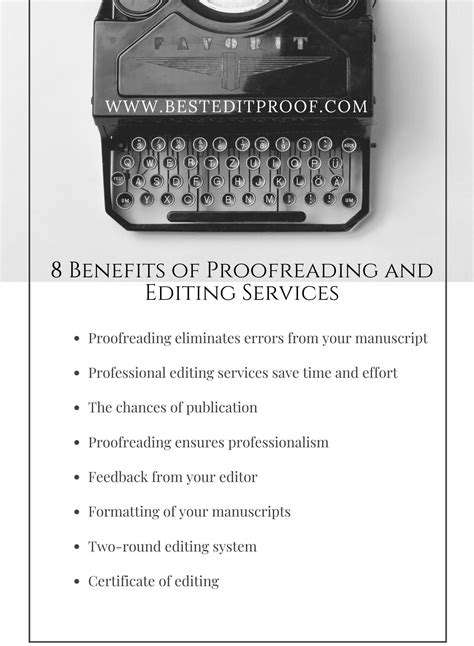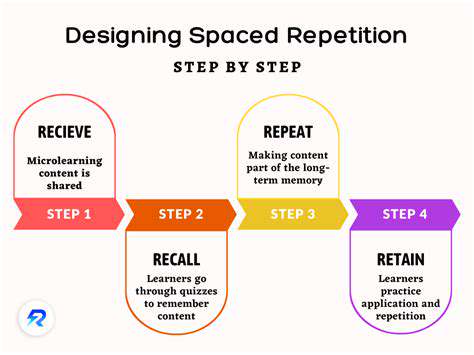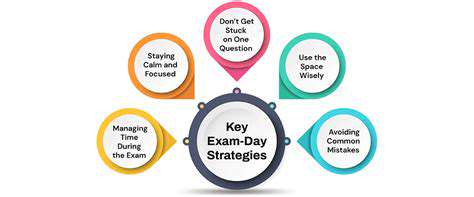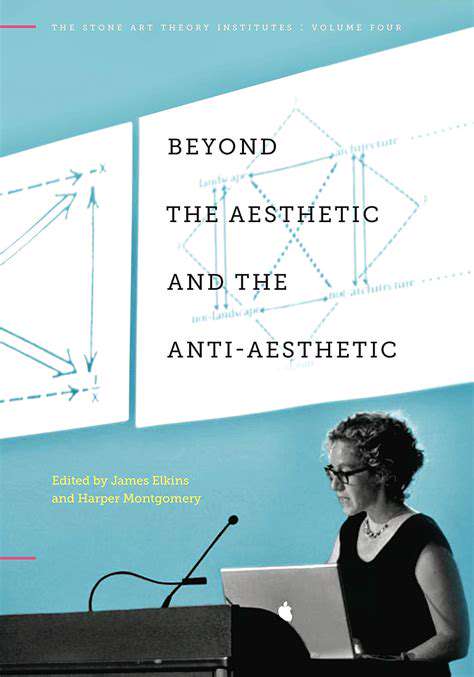How to Write a Recommendation Letter
Understanding Your Role as a Recommender
Defining Your Scope
A crucial first step in crafting a strong recommendation letter is understanding the specific context and expectations surrounding the recipient's request. Are you recommending a candidate for a specific position, a graduate program, or perhaps a scholarship? Knowing the target of the recommendation is paramount. This clarity allows you to tailor your letter to highlight the most relevant skills and experiences, focusing on how they align with the criteria of the opportunity for which they are being considered. This initial step of defining the scope will guide the entire writing process, ensuring your recommendations are precise and impactful.
Furthermore, understanding the specific requirements or guidelines set by the institution or organization requesting the letter helps you stay within the boundaries and provide exactly the information they need. This is vital to avoid any misunderstandings or misinterpretations of your recommendation.
Highlighting Key Strengths
Concentrate on showcasing the candidate's key strengths and achievements that directly relate to the position, program, or scholarship they're pursuing. Avoid generic praise; instead, provide concrete examples and quantifiable results to demonstrate their abilities. Did they excel in a particular project? Did they demonstrate leadership qualities in a team setting? Were they consistently exceeding expectations? These specific examples will paint a vivid picture of their capabilities and make your recommendation more persuasive.
Remember, the goal is to provide a detailed and insightful assessment of the candidate's qualifications. Instead of just saying they're a hard worker, explain how their dedication translated into tangible outcomes. Use specific examples to illustrate their strengths and demonstrate how they meet the requirements of the target opportunity.
Addressing Weaknesses (Constructively)
While focusing on strengths is important, acknowledging any weaknesses in a constructive and balanced manner can add depth to your recommendation. Instead of simply stating a weakness, explain how the candidate has worked to address or overcome it. This demonstrates a more comprehensive understanding of their character and growth potential. For instance, if a candidate struggles with public speaking, you might highlight how they've actively sought opportunities to improve their communication skills through workshops or volunteer work.
This approach shows you've considered the candidate holistically, not just highlighting their successes. It also demonstrates your ability to provide a balanced and realistic perspective, crucial for a well-rounded recommendation.
Understanding the Candidate's Goals
A crucial aspect of a strong recommendation letter is a clear understanding of the candidate's career aspirations and how their skills and experiences align with their goals. This understanding allows you to highlight how the candidate's pursuits align with the position, program, or scholarship. For example, if the candidate is aiming for a research-focused career, you can elaborate on their research experience and the projects they led.
Connect the candidate's aspirations to the opportunity you are recommending them for, emphasizing how their skills and experiences can contribute to their future success. This connection makes the recommendation more impactful and relevant, demonstrating your insight into their ambitions and how the opportunity can help them achieve them.
Maintaining Objectivity and Integrity
Above all, maintain objectivity and integrity throughout the recommendation process. Focus on factual observations and avoid personal biases. Your letter should be a factual and fair assessment of the candidate's abilities and potential. Be honest and sincere in your evaluation, providing a balanced perspective that reflects your interactions with the candidate. Avoid embellishing or exaggerating their accomplishments to create a distorted or misleading impression.
Your integrity as a recommender is vital. Your letter should be a reliable and trustworthy assessment of the candidate's qualifications and suitability for the opportunity. Maintaining these qualities ensures the recommendation's credibility and impact.









![Guide to Hydroponics at Home [Basics]](/static/images/31/2025-06/MaintainingYourHydroponicSystem.jpg)



